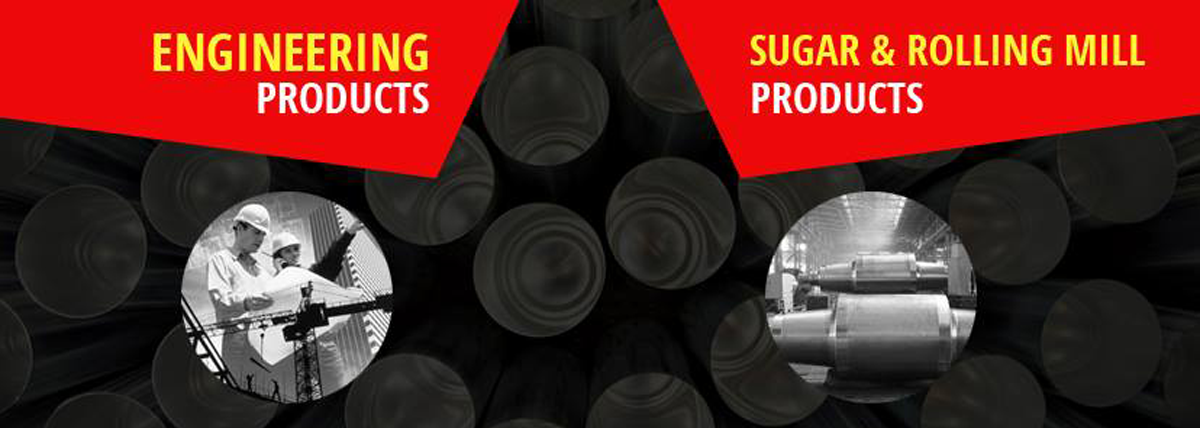Buttweld pipe fittings play a crucial role in modern construction and infrastructure projects, serving as essential components for transporting water, gas, oil, and other fluids. These fittings ensure smooth, efficient, and leak-proof connections between pipes, making them a popular choice across various industries. In this blog, we explore the numerous advantages of buttweld pipe fittings and their applications, particularly in large-scale construction projects.
1. Strength and Durability
One of the most significant advantages of buttweld pipe fittings is their exceptional strength and durability. Constructed by welding two ends of a pipe together, these fittings form a seamless and robust connection that can withstand extreme conditions. Their superior quality ensures that they can bear heavy loads, harsh weather, and aggressive usage without compromising performance. Additionally, because they do not have weak points or joints susceptible to leaks, they are ideal for high-pressure applications, offering long-term reliability in infrastructure projects.
This resilience makes buttweld fittings a preferred option for industrial applications such as oil and gas pipelines, sewage systems, and water transport.
2. Smooth Interior Surface
Buttweld pipe fittings offer an advantage over other fitting types with their smooth internal surface. This is particularly beneficial for maintaining optimal flow rates in fluid transport. Unlike traditional fittings, where joints may create areas for debris to accumulate, buttweld fittings provide a uniform inside diameter, reducing the likelihood of clogs or blockages.
The seamless internal surface also helps reduce pressure drops, making it easier for maintenance crews to identify and address potential blockages or issues in the piping system efficiently.
3. Flexibility and Adaptability
Another key benefit of buttweld pipe fittings is their flexibility and adaptability. These fittings can accommodate a wide variety of pipe sizes, shapes, and materials, making them suitable for numerous configurations tailored to meet specific project needs. They can also be adapted for various radiuses and angles, such as short-radius or long-radius elbows, offering more versatility in complex piping systems.
Moreover, the welded connections formed by buttweld fittings provide added strength and reliability, especially in critical applications where system failure could result in severe consequences.
-
Longevity and Low Maintenance
Buttweld fittings offer long-term durability with minimal maintenance requirements. Their seamless construction ensures that they are less prone to corrosion, wear, or erosion compared to alternative fitting types like socket welds or threaded fittings. This means that once installed, buttweld fittings can last for many years without requiring frequent repairs or replacements.
For industries where downtime can be costly, such as petrochemicals or power plants, the reduced need for maintenance is a significant advantage.
5. Cost-Effectiveness
While buttweld fittings may have a higher initial cost compared to other types of fittings, they offer considerable savings in the long run. Their strength, durability, and low-maintenance nature help reduce operational costs, making them a more economical choice over time. Additionally, the adaptability of buttweld fittings allows for more efficient use of materials, reducing waste during installation and lowering labor costs.
Conclusion
Buttweld pipe fittings offer a wide range of advantages for construction and infrastructure projects. Their superior strength, smooth interior surface, adaptability, and long-term durability make them an ideal choice for industries that demand reliable and efficient piping systems. Whether it’s in oil and gas pipelines, water treatment facilities, or commercial buildings, buttweld fittings deliver leak-proof, high-performance solutions that stand the test of time. For any project that requires secure, cost-effective, and long-lasting pipe connections, buttweld fittings are the best option.

